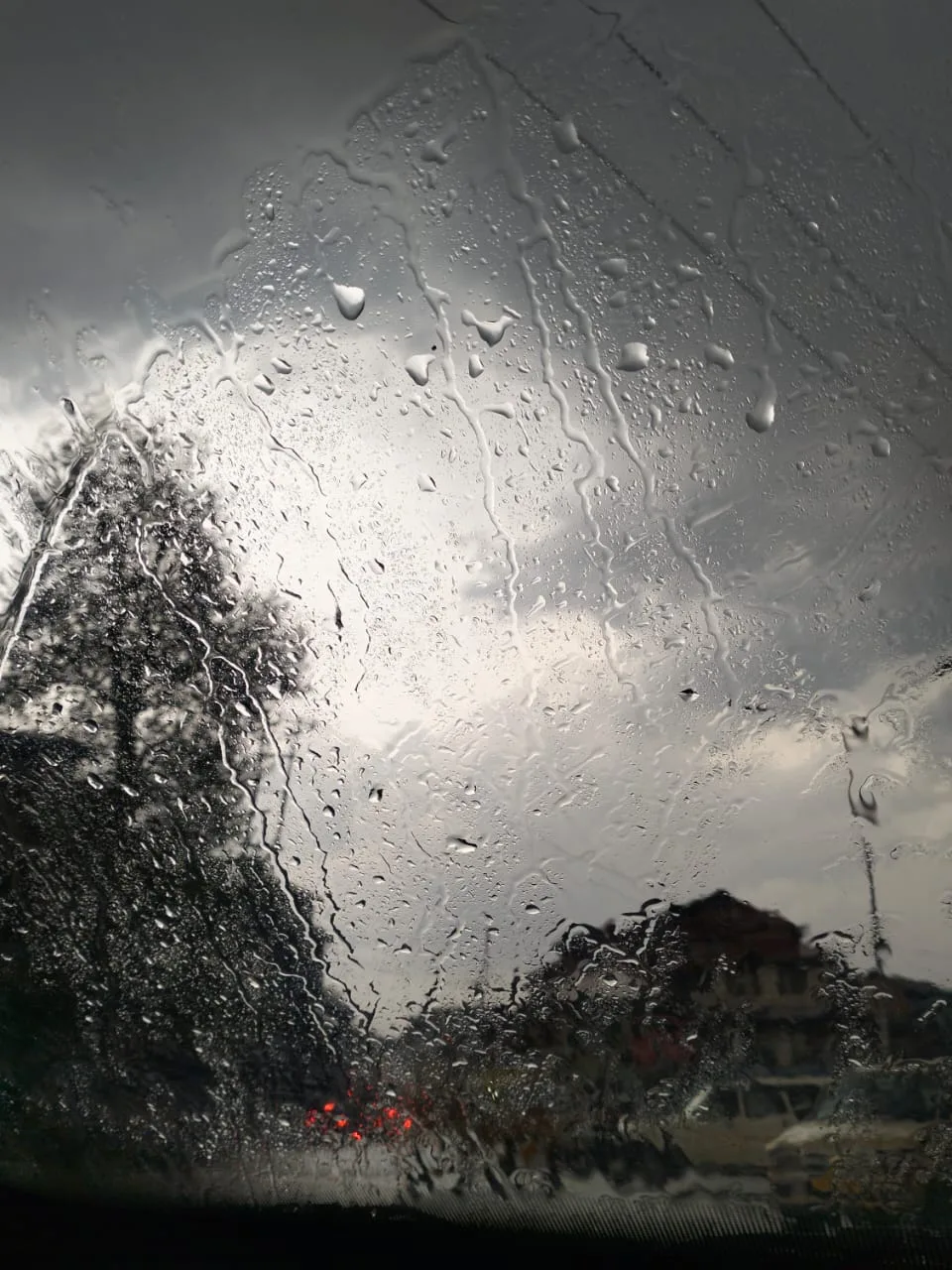Srinagar: Jammu and Kashmir witnessed its sixth wettest August since 1901, recording 319.3 mm of rainfall against the normal of 184.9 mm—a 73 per cent surplus—independent weather forecaster Faizan Arif said on Sunday.
The highest-ever August rainfall in J&K was registered in 1996 at 481.3 mm, followed by 345.8 mm in 1908, 343 mm in 2013, 336.5 mm in 1994, and 331 mm in 1955.
“This year, several districts in the Jammu region witnessed extreme rainfall departures in August,” Arif said.
Doda district topped the chart with 488.2 mm of rainfall—290 per cent above normal (125.1 mm). It was followed by Udhampur with a 159 per cent surplus (897.9 mm), Ramban with 133 per cent (286.2 mm), and Samba with 126 per cent (720.5 mm). Other districts recording significant gains included Reasi (64 per cent), Jammu (53 per cent), Kathua (45 per cent), Rajouri (42 per cent), Kishtwar (21 per cent), and Poonch (17 per cent).
The heavy downpours triggered widespread devastation across the region. Since August 14, more than 130 people have lost their lives and 33 have gone missing in cloudbursts, landslides, and flash floods in Kishtwar, Kathua, Reasi, and Ramban districts. Among the dead were 34 pilgrims killed in a landslide en route to the Mata Vaishno Devi shrine on August 26.
Record rainfall during August 26–27 also caused flash floods in low-lying areas of Jammu and adjoining plains, leading to extensive damage to infrastructure.
In the Kashmir Valley, rainfall patterns showed mixed trends. Anantnag (35 per cent), Pulwama (18 per cent), Kulgam (13 per cent), and Srinagar (15 per cent) recorded above-normal rainfall, while districts like Kupwara, Bandipora, Budgam, Baramulla, Ganderbal, and Shopian experienced rainfall deficits.
The Ladakh region, too, witnessed unprecedented departures from the normal. Kargil received 32.6 mm of rainfall against the normal 2 mm—a 1,530 per cent surplus—while Leh recorded 54.7 mm against the normal 5.6 mm, an 877 per cent surplus. Overall, Ladakh reported 49.5 mm of rainfall in August compared to the normal 4.8 mm, marking a massive 930 per cent increase, Arif said.





